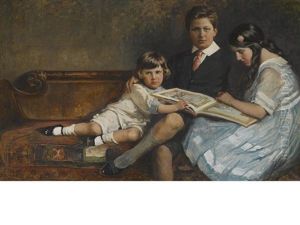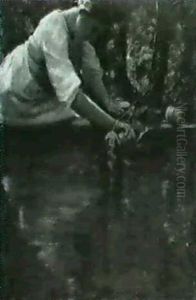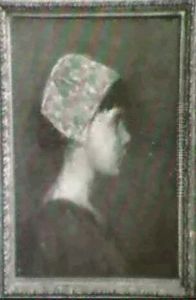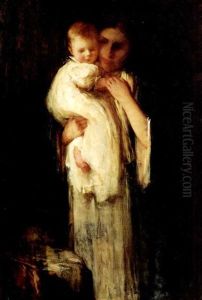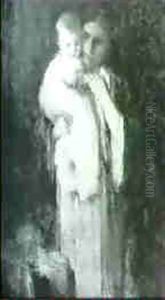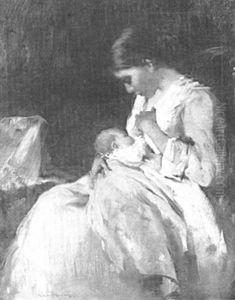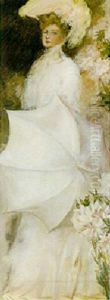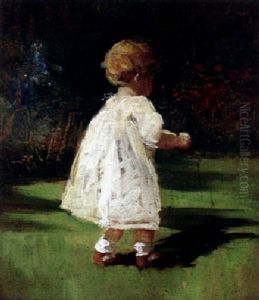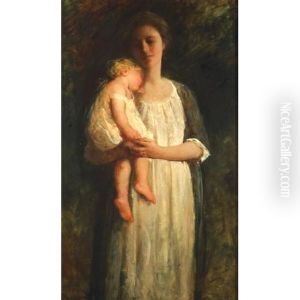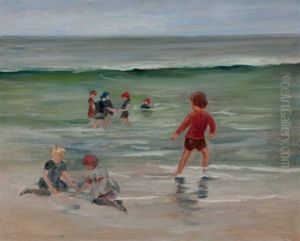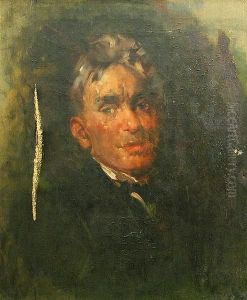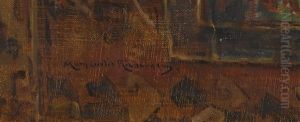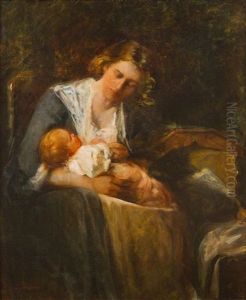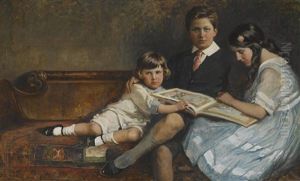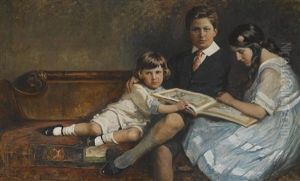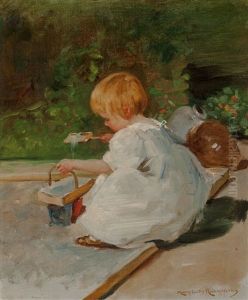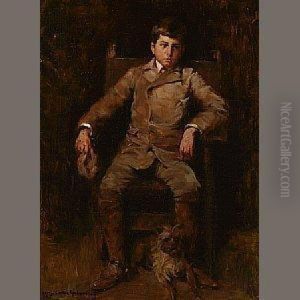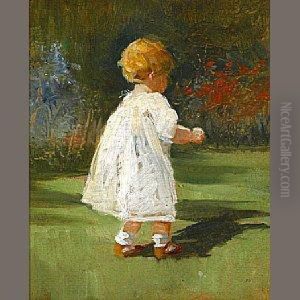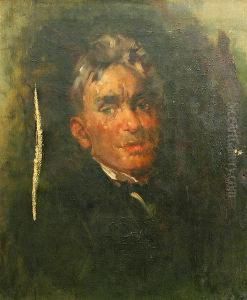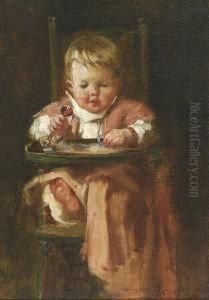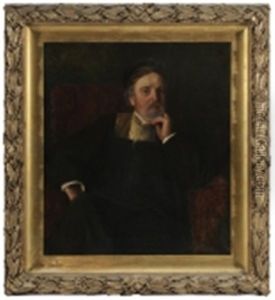Mary Curtis Richardson Paintings
Mary Curtis Richardson, born on August 22, 1848, in St. Louis, Missouri, was a notable American painter who carved a niche for herself in the art world during a time when female artists struggled for recognition. Raised in a period where women's roles were largely confined to the domestic sphere, Richardson's pursuit of an artistic career was both pioneering and challenging. She moved to California with her family in 1850, a relocation that would later significantly influence her artistic endeavors and subject matter. Richardson's early exposure to the vibrant landscapes and diverse cultures of California became a continual source of inspiration for her work throughout her life.
Richardson's artistic talent became evident at a young age, leading her to study art seriously. She honed her skills under the tutelage of notable artists, including Virgil Williams and Amédée Joullin, at the San Francisco School of Design, an institution that played a crucial role in shaping the careers of many artists in the West. Her education and talent soon propelled her into the limelight, particularly for her portraits and genre scenes that vividly captured the essence of her subjects with a remarkable sensitivity and depth.
Mary Curtis Richardson's contribution to art extends beyond her paintings. She was a trailblazer for women in the arts, breaking barriers in a male-dominated art world. In 1904, Richardson achieved a significant milestone in her career by winning a gold medal for her painting 'Mother and Child' at the St. Louis Exposition, a victory that underscored her skill in portraying the intimate bond between mother and child with profound empathy and technical prowess. This painting, among others, helped establish her reputation as the 'Mary Cassatt of the West,' drawing comparisons to Cassatt's work in its sensitive portrayal of women and children.
Despite her success, Richardson's life was not without personal challenges. She experienced the loss of her husband, Thomas Richardson, in 1897, which deeply affected her. Nevertheless, she continued to work and contribute to the artistic community, inspiring future generations of female artists. Mary Curtis Richardson's legacy is not just in the beautiful works she left behind but also in her role as a pioneer who helped pave the way for women in the arts. She passed away on May 7, 1931, in San Francisco, California, leaving behind a lasting impact on the American art scene.
